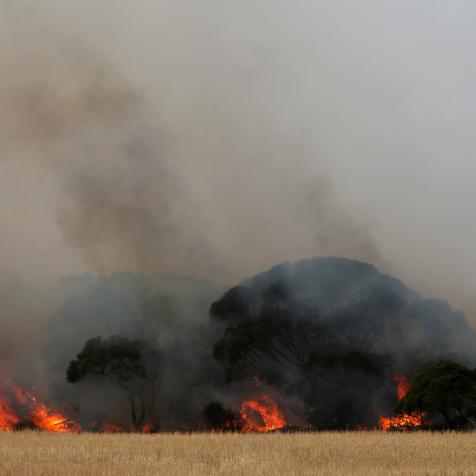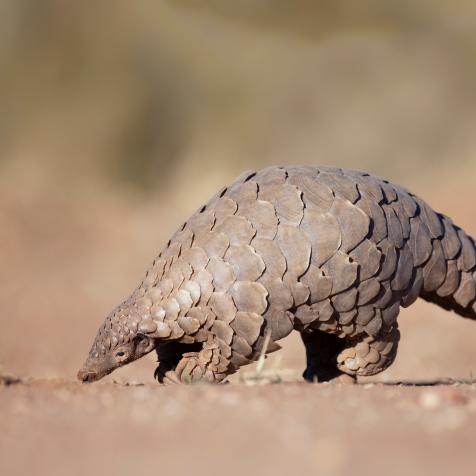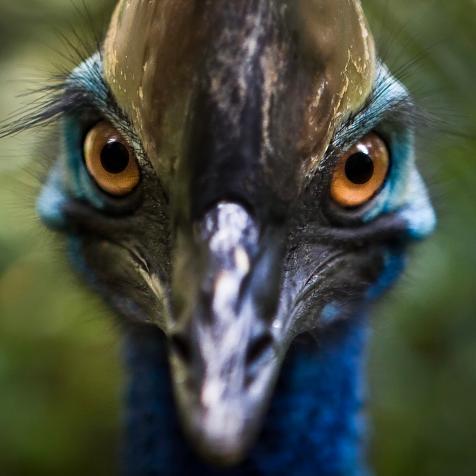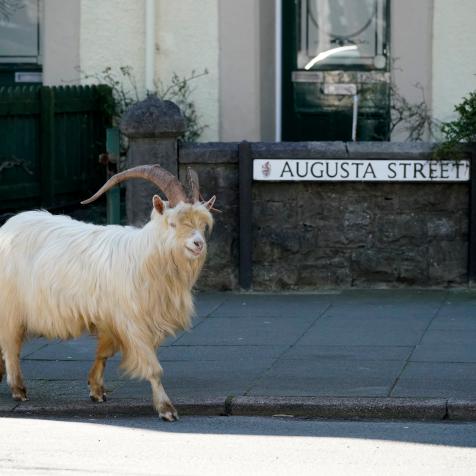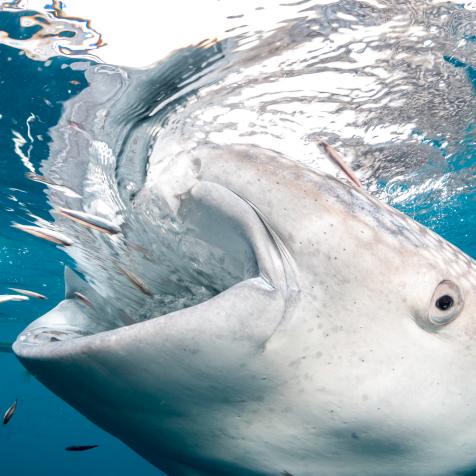
Holger Leue
New Reef Discovery in Australia is a Once in a Century Find
Scientists have studied this species-rich ecosystem for more than 100 years, so the discovery of a towering 1,600 foot coral reef is one of the great finds of the century.
Earth’s natural wonders are nowhere more impressive in scale or richly diverse in life as the Great Barrier Reef in Australia. Networks of 2,500 coral reefs and around 900 islands stretch for more than 1,250 miles along the north east coast.
The Discovery
Marine researchers found the huge blade-like coral structure some 80 miles off the coast of Cape York in Queensland, six miles from the outer edge of the great reef. At its base, the structure is almost a mile wide and stands taller than the Empire State Building. Yet despite its great size, it is the first detached reef of that scale to be found in 120 years of Great Barrier Reef exploration.
A team aboard the Schmidt Ocean Institute research vessel Falkor found it while mapping the seafloor using their remotely operated underwater robot SuBastian. The reef is embedded in the seafloor and stands isolated, but its ecosystem is diverse and thriving, according to team leader Robin Beaman, who described a “blizzard of fish” surrounding it.
What Makes it Great?
Coral reefs in the Great Barrier complex are formed over millions of years from the calcium carbonate skeletons and skeletal waste secretions of coral polyps and other creatures. Cement to bind the elaborate coral structures into a reef is provided by the skeletons of coralline algae and invertebrate bryozoa, or moss animals.
This newly discovered formation is one of eight large detached reefs found in the northern region, but the first since the 1880s. It was likely established in the Miocene epoch around 20 million years ago. “It’s a big reef not to have known about,” said the expedition’s Principal Investigator Tom Bridge. “We know more about the surface of the moon than we know about what lies in the depths beyond our coastlines.”
Live video from the robot’s onboard cameras captured several shark species circulating around as well as sea fans, soft corals, and sponges attached to the upper section. Footage from the dive has now been posted on Youtube showing SuBastian scaling the underwater mountain from its broad base to the summit, about 160 feet below the surface.
Isolated seamounts are critical habitats for sea life and can support entirely new species. This is especially important for corals, as Great Barrier Reef numbers have more than halved in the past 25 years. Bleaching events, caused by climate change and increased sea temperatures, tropical cyclone damage and predation by crown-of-thorns starfish, have devastated coral colonies.
Reefs extend outwards from the shallow waters of the continental shelf surrounding Australia to the deep ocean more than 150 miles offshore. More than 400 species of coral flourish there, along with 1,500 fish species, 4,000 mollusks–including octopus, squid, sea slugs, and snails–and 240 bird species.
The Vessels and Even More Discovery
Explorations by the research vessel Falkor are part of a year-long expedition to map the oceans around Australia. So far the team has uncovered 30 new underwater species in the deep-sea canyons off Western Australia’s Ningaloo Coast–including a 150 foot long siphonophore, a floating gelatinous colony made from thousands of organisms called zooids–plus extensive coral gardens, and graveyards in Bremer Canyon off south western Australia.
Finding a monumental reef in the northern depths of the world’s most extensive coral reef system, a UNESCO World Heritage Site since 1981, is historically important. But scientists say the detailed 3D maps and other findings will lead to years more study of this untouched environment and its role in the Great Barrier Reef habitat.









